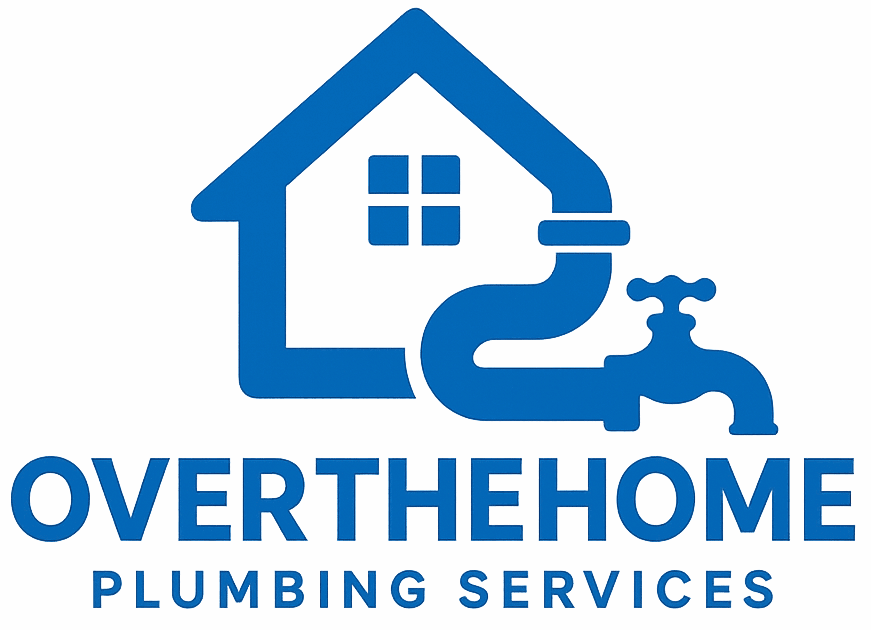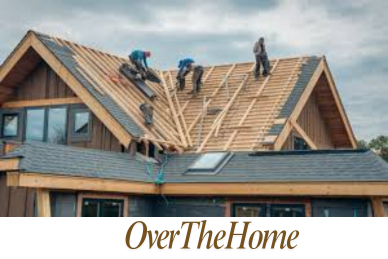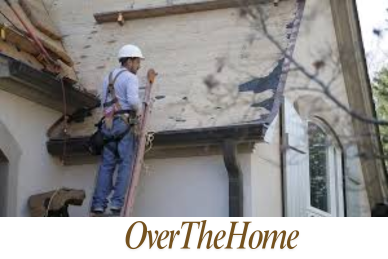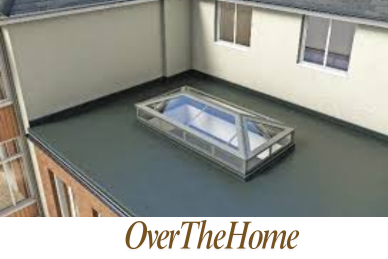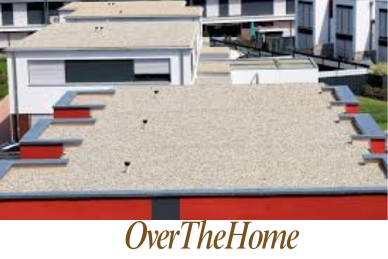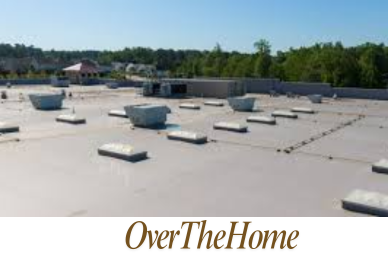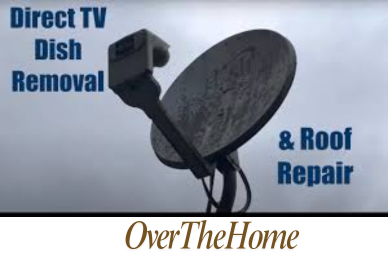How to Tell if Roofers Did a Good Job?
After investing in a new roof or a major roof repair, it’s natural to wonder if your roofers did the job right. A poorly installed roof can lead to leaks, and structural damage, and even reduce the lifespan of the roof by several years. Knowing the signs of quality workmanship is crucial to ensure you’re getting the value and protection you paid for. In this article, we’ll outline key aspects to check, from proper shingle alignment to ventilation and flashing installation, to help you determine whether your roofing job meets professional standards.
Whether it’s a brand-new roof or a significant repair, these steps will show you how to assess your roofer’s work confidently, ensuring long-term performance and peace of mind.
Whare Are the Key Indicators of a Quality Roofing Job?
A good roofing job isn’t just about how the roof looks; it’s about the integrity and precision of the entire installation. Here’s what to look for:
1. Proper Shingle Alignment and Nailing Patterns
One of the easiest ways to spot poor workmanship is to look at the shingles. High-quality roofing jobs have neatly aligned shingles with consistent spacing between each. Check that:
- Shingles are flat and uniform with no visible waves, bulges, or misalignments.
- The rows of shingles are straight from one side of the roof to the other.
- Nail placement should be uniform, typically 1 inch above the cut-out line. Incorrect nailing can lead to shingle blow-off or leaks.
To check nail placement, lift a shingle tab at the edge of the roof and inspect the nail’s position. Properly installed nails should not be exposed on the roof surface and must penetrate the decking by at least 3/4 inch.
2. No Visible Gaps or Overhangs at the Edges
Look at the roof’s perimeter, especially around the eaves and rakes (the sloped edges of a gable roof). Shingles should not extend more than 1 inch past the drip edge, as this can cause them to crack under pressure. At the same time, shingles should not be too short, exposing the underlying wood to moisture.
Check the edges and make sure the drip edge (metal flashing installed at the edges) is firmly in place. A missing drip edge can lead to water running behind the gutters, which can rot the fascia boards and cause long-term structural damage.
3. Flashing is Properly Sealed and Installed
Flashing is crucial for preventing water intrusion around areas like chimneys, vents, valleys, and skylights. Inspect these areas closely:
- Chimney Flashing: Should be set in a step pattern and sealed with high-quality sealant.
- Valley Flashing: Should be smooth, securely fastened, and free from any sharp bends or dents.
- Vent Flashing: Should fit tightly around pipes or vent stacks with no gaps. Rubber boots around vents should be free of cracks or tears.
If flashing is improperly installed, it can lead to significant leaks even if the rest of the roof is well done.
4. Proper Ventilation Installation
Ventilation plays a key role in the longevity and performance of a roof. Insufficient ventilation can lead to heat buildup in the attic, which can cause shingles to warp and decrease their lifespan. A good roofing job will have a balanced intake and exhaust ventilation system. Common indicators of proper ventilation include:
- Ridge Vents along the roof’s peak.
- Soffit Vents at the eaves.
- Gable Vents if applicable.
Check that these vents are not blocked and are installed in proportion to the roof’s square footage. The ideal ratio is typically 1 square foot of vent area for every 150 square feet of attic space.
5. Straight and Secure Gutters
Even though gutter installation may not always be part of a roofing job, their alignment and attachment are key to ensuring proper water drainage. Poorly installed gutters can lead to water backflow and damage to your new roof. Make sure:
- Gutters are firmly attached without any visible sagging.
- Water runs smoothly through the downspouts without pooling at the roof’s edge.
- Gutter seams are sealed, and there are no visible gaps or leaks.
If water doesn’t drain properly, it’s a sign that the gutter system isn’t installed at the correct angle, which can affect roof longevity.
6. No Mess Left Behind
Professional roofers will always clean up after the job is complete. This includes removing old shingles, nails, and other debris from your property. A good indicator of a quality job is a thorough post-installation cleanup. Walk around your property and look for stray nails, scrap materials, and even small pieces of shingles. High-quality roofers often use magnetic sweepers to ensure no nails are left in your yard or driveway.
7. Warranty and Documentation
A well-done roofing job should be backed by a solid warranty. Review the warranty paperwork provided by the roofing contractor. Typically, there are two types of warranties:
- Workmanship Warranty: Covers installation errors and should last at least 5 to 10 years.
- Manufacturer’s Warranty: Covers defects in roofing materials and can last up to 50 years, depending on the product.
Ensure that you receive written documentation for both warranties. This is critical for future claims if you encounter problems down the road.
What Are the Signs of a Poor Roofing Job?
Now that you know what a good roofing job looks like, it’s essential to be aware of red flags indicating poor workmanship. These include:
- Unsealed Nails: Exposed nails can rust and allow water to penetrate the roof.
- Sagging Roof Deck: If you notice any sags or dips, it could indicate structural issues or improper installation.
- Stains on Interior Ceilings: Leaks or water stains on interior ceilings or walls shortly after a new roof installation suggest poor sealing or flashing.
If you spot any of these issues, reach out to the contractor immediately for a detailed inspection and correction.
How Much Does it Cost for a Professional Roof Inspection
If you’re unsure about evaluating the roof yourself, consider hiring a professional roof inspector. A standard roof inspection typically costs between $200 and $400, depending on the size and complexity of the roof. This investment can help identify potential issues early on and provide peace of mind about the quality of the roofing job.
Wrapping Up
Determining if your roofers did a good job involves more than a quick glance at the roof. It requires a careful inspection of the shingles, flashing, ventilation, and gutters to ensure everything is installed correctly. If you notice anything that doesn’t seem right or you’re unsure about specific aspects, don’t hesitate to get a second opinion from an independent roof inspector. Investing time in this assessment will ensure that your roof protects your home effectively and provides the longevity you expect.
